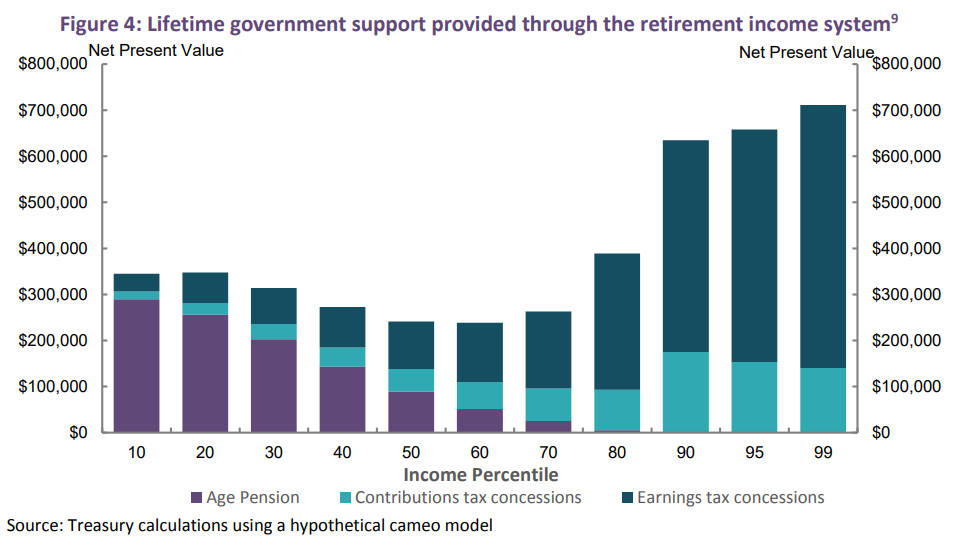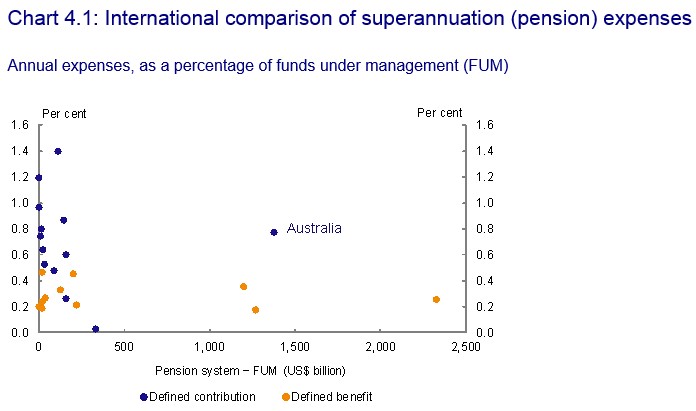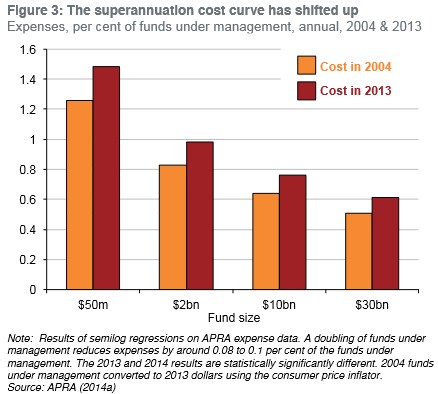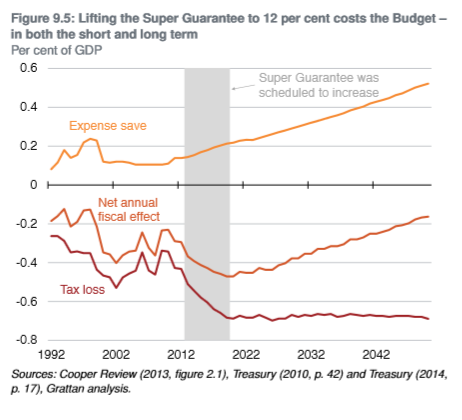Opposition to Australia’s compulsory superannuation system continues to build with Liberal-National Party senator for Queensland, Gerard Rennick, describing superannuation as “the biggest rort in Australia” and demanding that it be made voluntary:
A Liberal-National senator has called for superannuation to be voluntary, describing the $3 trillion retirement savings scheme as the biggest rort in Australia…….
“Of all the rorts that exist in this country, nothing compares to superannuation,” he told parliament on Tuesday.
“Superannuation is devouring the real economy”…
“At the very least, superannuation should be voluntary, not compulsory. This is a view that I’ll be putting to my colleagues,” he said.
He said he had conducted “internal polling” showing there was support for his push among coalition senators and MPs…
“At the end of the day, super isn’t working,” Senator Rennick said.
Senator Rennick isn’t wrong.
First, compulsory superannuation contributions unambiguously comes at the expense of lower wages – a claim supported by the Henry Tax Review, the Grattan Institute and the Reserve Bank of Australia.
Second, compulsory superannuation promotes tax avoidance, given tax concessions are so highly skewed towards high income earners (see below Australian Treasury chart).

For example, those in the top 1% of income earners will receive more than $700,000 in taxpayer contributions to their personal superannuation accounts over their working lives, dwarfing the $50,000 received by the bottom 10% of income earners, according to the Australian Treasury.
Third, superannuation concessions (currently $38 billion per year) cost the federal budget more than it saves in Aged Pension costs, according to both the Henry Tax Review and the Grattan Institute:
Finally, Australia’s superannuation system wastes vast economic resources reducing Australia’s productivity.
As noted by Dr Cameron Murray, the number of people employed in the superannuation industry, as well as its cost, rivals that of Australia’s total armed forces:
“Super fees in 2018 were $34bn, compared to $36bn for the total defence force, but that figure includes a 19,000 strong defence bureaucracy and army reservists,” he said, adding it was “madness to waste vast economic resources on an unnecessary accounting exercise”…
Dr Murray said the super system had reduced Australia’s productivity “by dragging an enormous workforce away from other productive activities, making us less able to support retirees”.
Only 33,000 staff work at the Department of Human Services, which administers the age pension along with all national welfare programs, including Medicare, Dr Murray said.
“This comprehensive welfare system costs just $6bn per year to manage — one-sixth the management cost of superannuation,” he said.
Management fees on superannuation are also way above international benchmarks:

Whereas Australia’s superannuation system has become less efficient as it has ballooned in size, as illustrated by the Grattan Institute:

Australia’s superannuation system has clearly become a bloated, inefficient monster that is draining workers’ take-home pay, draining the federal budget, and dragging down overall productivity.
It needs fundamental reform, starting with stopping the scheduled increase in the superannuation guarantee to 12% and making superannuation concessions equitable.


